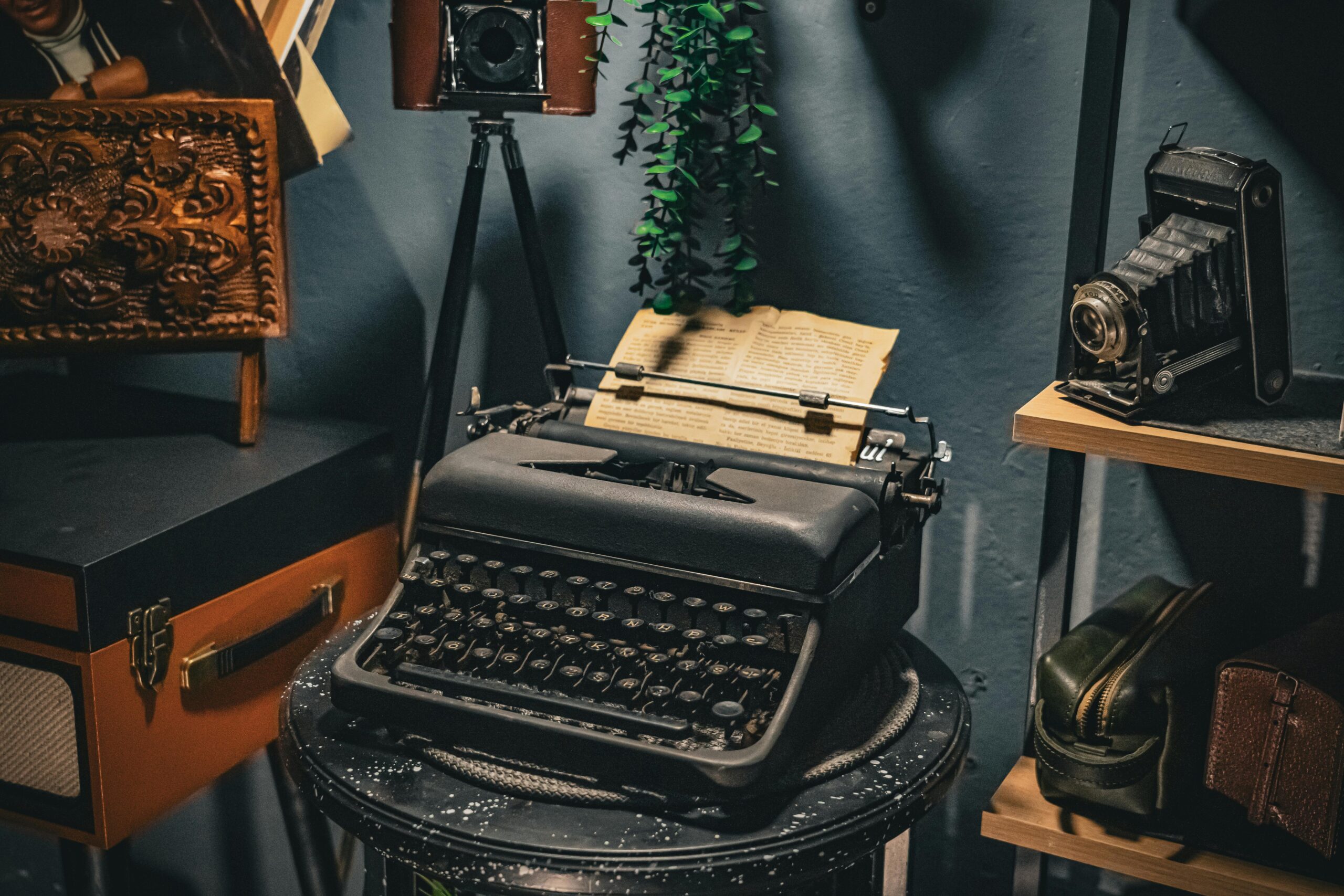In a world of mass-produced furniture and cookie-cutter decor, antique and vintage items offer a refreshing alternative that brings character, history, and uniqueness to any interior space. The art of sourcing distinctive pieces from antique stores, flea markets, and online vintage shops has become increasingly popular among homeowners looking to create spaces with personality and depth. This article explores expert techniques for finding, evaluating, and styling vintage treasures, transforming them from forgotten relics into captivating focal points that tell a story within your home.
Understanding the Appeal of Vintage and Antique Decor
When it comes to decorating with antiques, the allure extends far beyond aesthetic appeal. Each piece carries a narrative, having witnessed decades or even centuries of human history before arriving in your home. Vintage furniture sourcing allows you to become part of this ongoing story, creating a meaningful connection with your surroundings that simply isn’t possible with newly manufactured items. The craftsmanship found in antique furniture often surpasses modern standards, with hand-carved details, solid wood construction, and time-tested durability that has allowed these pieces to endure through generations. Beyond their historical significance, incorporating vintage elements creates a layered, collected look that evolves naturally over time rather than appearing as though it was purchased all at once from a catalog.
Essential Antique Shopping Tips for Home Decor Enthusiasts
Successful antiquing begins with preparation and education. Before embarking on your treasure hunt, research different periods and styles to understand what genuinely appeals to you. Is it the clean lines of mid-century modern, the ornate details of Victorian furniture, or the rustic charm of farmhouse antiques? Familiarize yourself with typical price ranges for items you’re interested in by browsing online marketplaces and auction results. When visiting physical locations, dress comfortably and bring measuring tape, photos of your space, and dimensions of areas where you plan to place new finds. Develop relationships with reputable dealers who specialize in your preferred style; they can alert you when special pieces arrive. Remember that patience is essential—finding unique decor items often requires multiple visits to various sources rather than a single shopping trip.
Navigating Flea Markets, Estate Sales, and Antique Stores
Each vintage shopping venue offers distinct advantages for finding unique decor items. Flea markets typically feature the most eclectic selection and negotiable prices, but require a trained eye to distinguish quality pieces from junk. Arrive early for the best selection or late for potential discounts as vendors prepare to pack up. Estate sales provide glimpses into complete collections and often yield unexpected treasures in overlooked corners. Antique stores curate their inventory more carefully and generally charge premium prices for this vetting process, but offer reliability and expertise. When examining potential purchases, check for structural integrity by gently testing joints, drawers, and weight distribution. Inspect upholstered items carefully for signs of pests or mold, understanding that reupholstering is always an option for pieces with good bones but worn fabric.
The Digital Dimension: Online Vintage Shopping Strategies
The internet has revolutionized vintage furniture sourcing, expanding opportunities beyond local availability. Platforms like Etsy, 1stDibs, Chairish, and even Facebook Marketplace connect buyers with sellers worldwide. When shopping online, thorough vendor research becomes essential—read reviews, examine their return policies, and don’t hesitate to request additional photos or detailed condition reports. Shipping costs can significantly impact the overall value of your purchase, so factor these expenses into your budget considerations. One advantage of digital platforms is the ability to set up alerts for specific items on your wish list, allowing AskHomey and other resource sites to notify you when suitable matches become available. Despite the convenience, remember that screens can’t fully convey texture, color accuracy, or the subtle imperfections that actually enhance an antique’s character.
Styling and Incorporating Flea Market Finds into Modern Interiors
The art of styling with vintage treasures lies in creating balance rather than recreating a museum exhibit. Most designers recommend mixing periods and styles rather than adhering strictly to one era. Pair a weathered antique farm table with contemporary chairs for a dining area that feels curated rather than themed. When decorating with antiques, consider unexpected repurposing—an antique ladder as a bookshelf, vintage suitcases as side tables, or antique doors transformed into headboards. Be selective about which pieces become focal points; allowing every item to compete for attention creates visual chaos rather than harmony. Lighting dramatically impacts how vintage pieces present in your space, so experiment with placement relative to windows and artificial light sources. Remember that imperfections tell a story—slight patina, wear marks, and faded finishes aren’t flaws but rather evidence of authentic history that adds depth to your interior design narrative.
Restoration, Refinishing, and Care Considerations
Preserving the integrity and value of your vintage discoveries requires thoughtful maintenance. For wooden furniture, gentle cleaning with appropriate products and keeping pieces away from direct sunlight prevents further deterioration. Consider whether refinishing serves your goals—while it can rejuvenate damaged pieces, original patinas often contribute significantly to both monetary and aesthetic value. For textiles and upholstered items, professional cleaning is typically worth the investment to remove decades of accumulated dust without damaging delicate fabrics. Document provenance whenever possible by keeping records of where pieces originated, approximate age, and any known history, as this information enhances both personal connection and potential resale value.
For more tips and to connect with reliable home service professionals, follow AskHomey on Facebook and Instagram.



